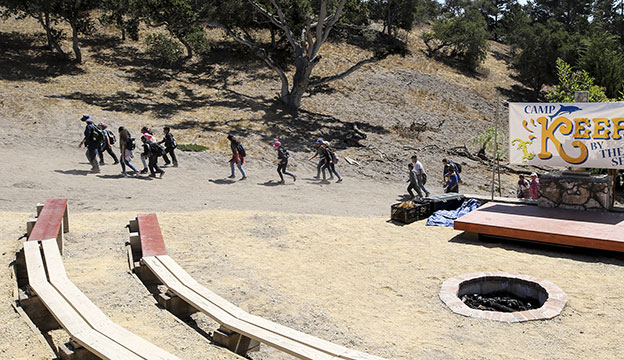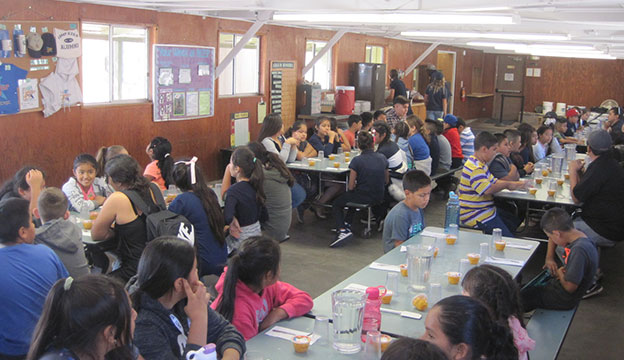Camp KEEP
KEEP By the Sea
at Rancho El Chorro
The amazing home of KEEP By the Sea is situated near Morro Bay, nestled in the foothills of the Cuesta Ridge. The expansive campus boasts 250-acres of protected land, plus built-in benefits and recent improvements
- 2450 Pennington Creek Road
San Luis Obispo, CA 93405 - campkeep@kern.org
- (805) 927-1294
KEEP by the Sea Campus
Daily Hikes
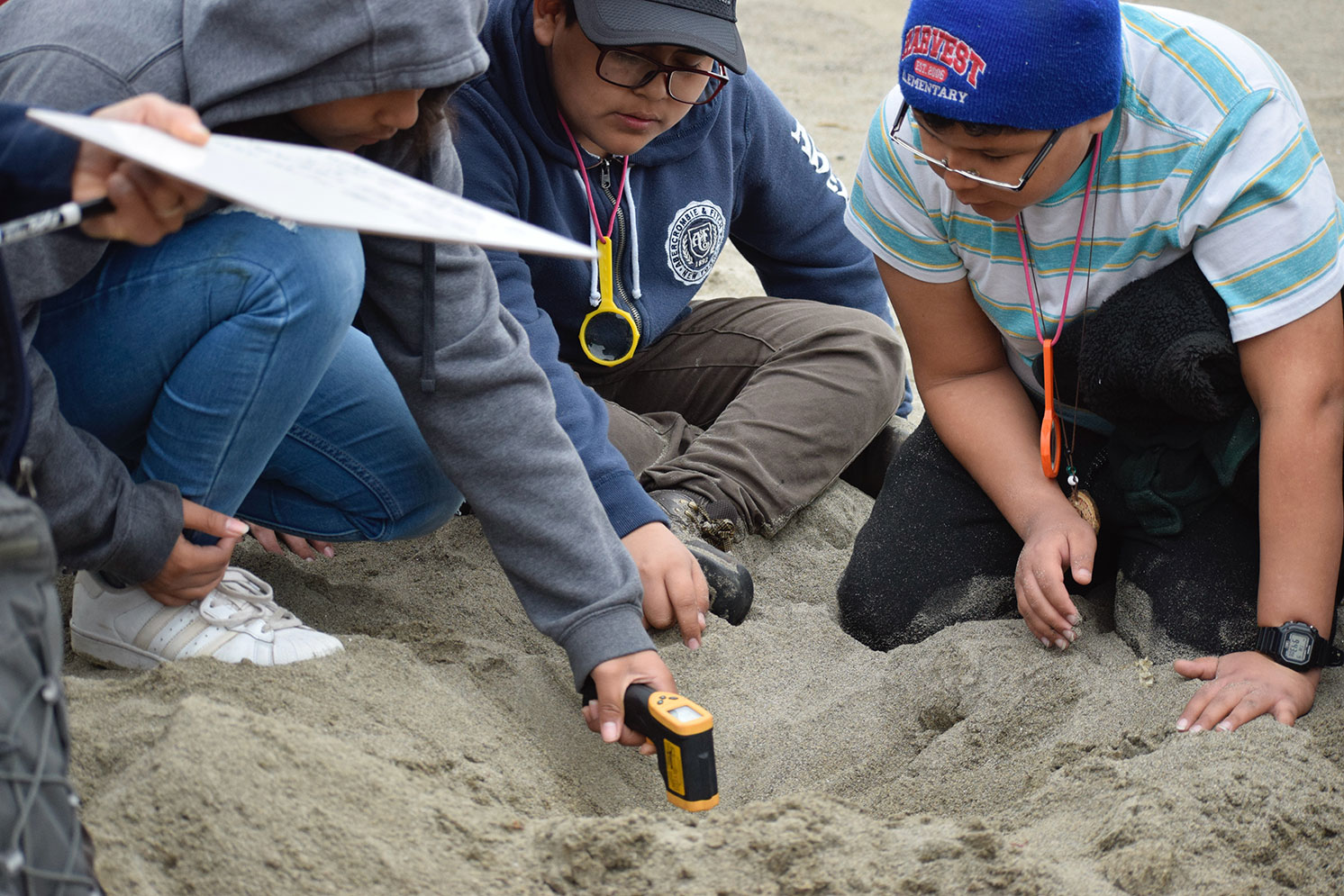

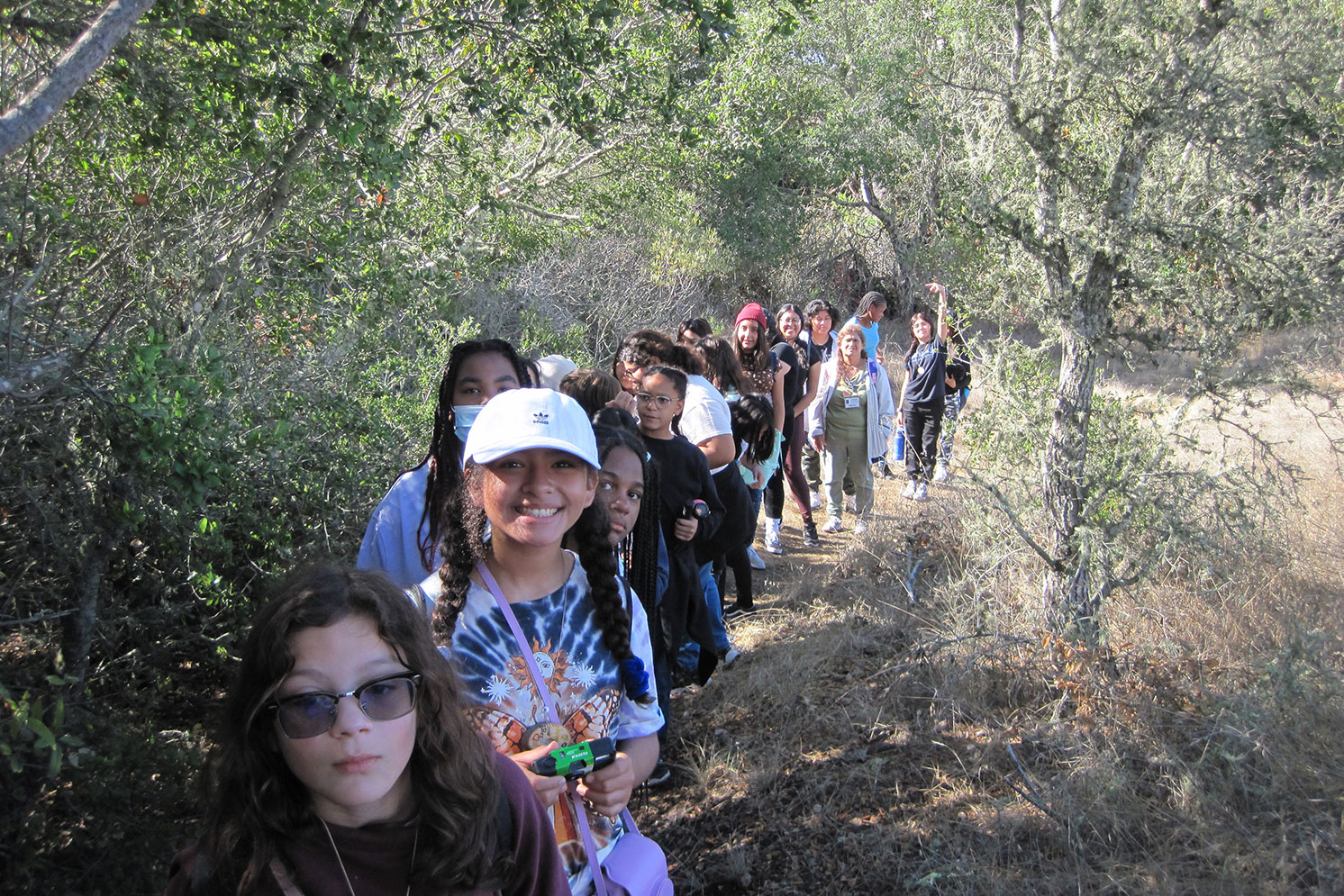
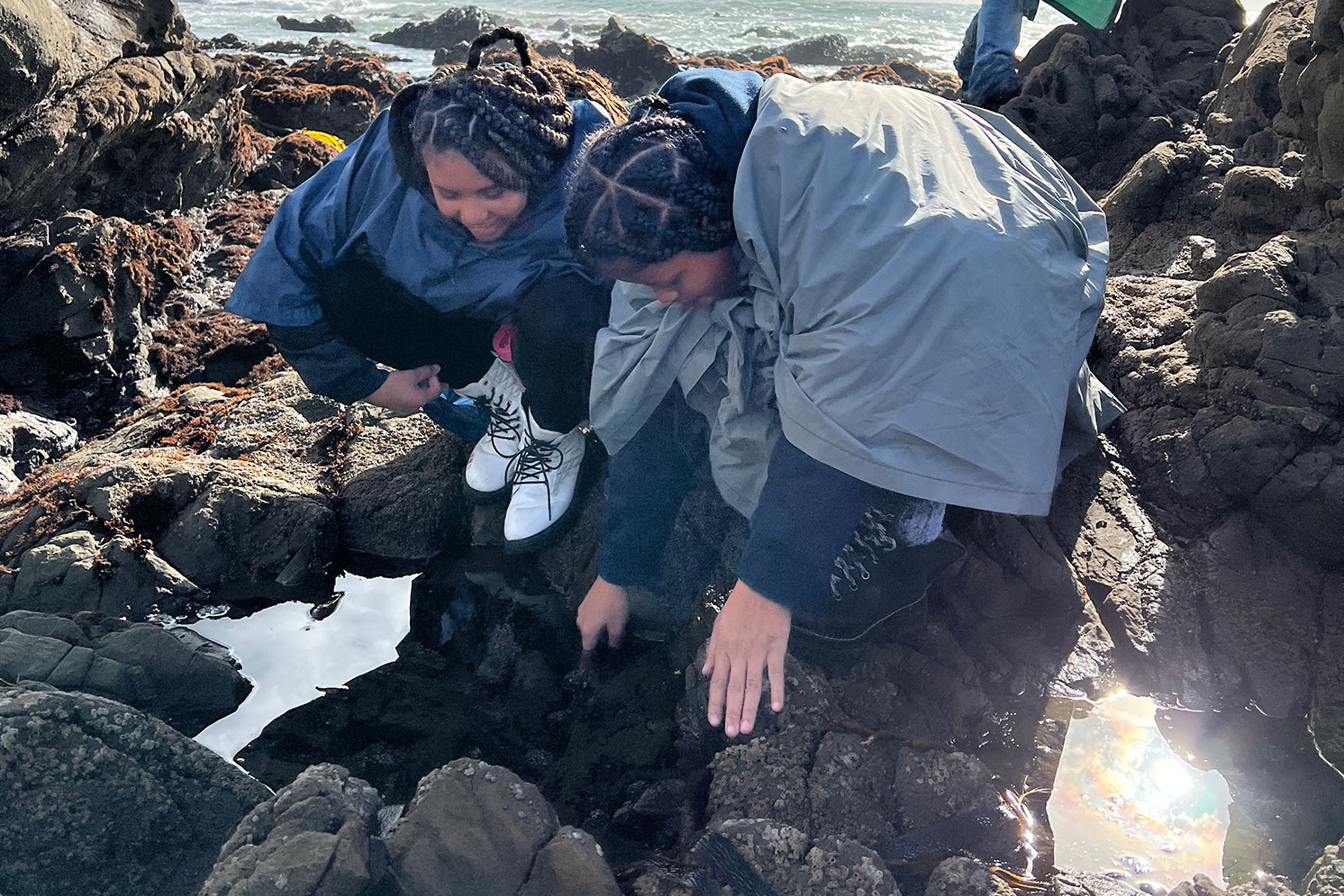
Daily Schedule
- 6:30 a.m. – 8:30 a.m.
Wake-up, get ready for the day, and eat breakfast. Students fill out their daily activity journal. - 8:30 a.m. – 11:30 a.m.
Nature walk to Tidepools/Beach, Estuary, or Woodland Creek Discovery. - 11:30 a.m. – 12:30 p.m.
Picnic Lunch. - 12:30 p.m. – 3:30 p.m.
Nature walk: Tidepools/Beach, Estuary, or Woodland Creek Discovery. - 3:30 a.m. – 4:30 p.m.
During this time, students enjoy and afternoon snack while teachers provide activities for students such as art projects, writing letters home, or filling out their KEEP journals. - 4:30 a.m. – 5:30 p.m.
Recreation and shower time. Activities include nature center, soccer, volleyball, basketball, ping-pong, tether ball, snake holding & touch tank exploration. - 5:30 p.m. – 7:00 p.m.
Dinnertime! Students eat a nutritious dinner with a delicious dessert. After dinner students get ready for evening activities. - 7:00 p.m. – 9:30 p.m.
Evening program and bedtime. Students work together playing various science games. Games are followed by a campfire, songs, and stories. After campfire, students prepare for the next day and for a good night’s sleep.
Quick Links - KEEP By the Sea
A few quick guides before coming to KEEP
Proper footwear is a must. Dress in layers. Bring a warm hat, gloves and jacket. Students should label all clothing and equipment. Bring a good attitude about getting dirty

